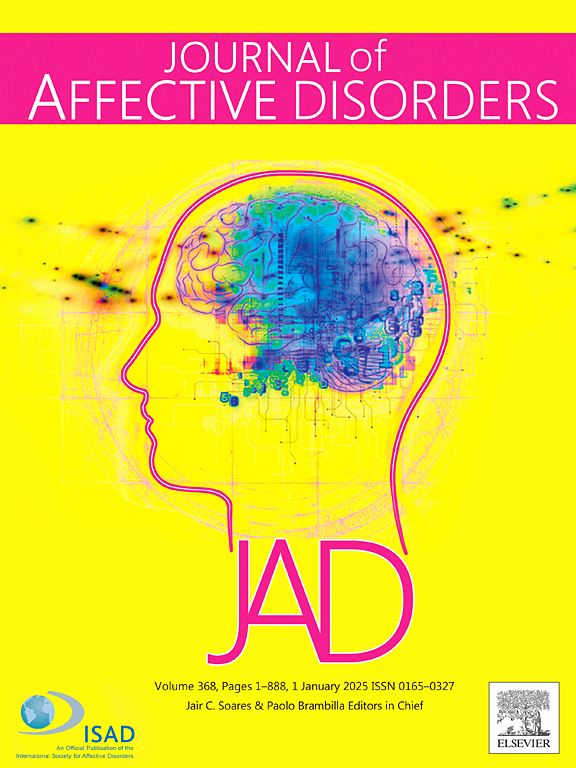Associations between mental health and cervical, thoracic, and lumbar back pain in adolescents: A cross-sectional study
IF 4.9
2区 医学
Q1 CLINICAL NEUROLOGY
引用次数: 0
Abstract
Background
Low back pain is a significant emergent health disorder in adolescence. It is predicted that around 843 million subjects worldwide will present this condition in 2050. We investigated whether symptoms of anxiety, depression, and suicidal behavior are associated with back pain in adolescents.
Methods
This is a cross-sectional school-based study including 4514 student participants aged 14–19 years. Data were collected using the WHO's “Global School-Based Student Health Survey”. Anxiety symptoms were assessed with the Social Anxiety Scale for Adolescents. The Depression Scale of the Center for Epidemiologic Studies was used to estimate depressive symptomatology. Suicidal behaviors were assessed with two questions about thoughts and plans for suicide. The presence (yes, no) of each of cervical, thoracic, and lumbar back pain were assessed with the use of a drawing of the human body with spine areas delimited. Multivariable logistic regression analyses were used to study the presence of three outcomes of back pain (cervical, thoracic, and lumbar) and associated factors.
Results
Adolescents with cervical pain were more likely to report social anxiety (OR = 1.0, CI: 1.00–1.02). Depression symptomatology was associated with pain in the tree segments of the spine: cervical (OR = 1.01, CI: 1.00–1.02), thoracic (OR = 1.02, CI: 1.01–1.02), and lumbar (OR = 1.02, CI: 1.01–1.02). No association was observed between suicidal behavior and cervical (OR = 0.86 CI: 0.743–1.017), thoracic (OR = 0.92, CI: 0.79–1.08), and lumbar back pain (OR = 0.86, CI: 0.73–1.01).
Limitations
It is not possible to affirm causality in the interpretation of findings.
Conclusions
Social anxiety and depression symptomatology were associated with back pain in adolescents.
求助全文
约1分钟内获得全文
求助全文
来源期刊

Journal of affective disorders
医学-精神病学
CiteScore
10.90
自引率
6.10%
发文量
1319
审稿时长
9.3 weeks
期刊介绍:
The Journal of Affective Disorders publishes papers concerned with affective disorders in the widest sense: depression, mania, mood spectrum, emotions and personality, anxiety and stress. It is interdisciplinary and aims to bring together different approaches for a diverse readership. Top quality papers will be accepted dealing with any aspect of affective disorders, including neuroimaging, cognitive neurosciences, genetics, molecular biology, experimental and clinical neurosciences, pharmacology, neuroimmunoendocrinology, intervention and treatment trials.
 求助内容:
求助内容: 应助结果提醒方式:
应助结果提醒方式:


